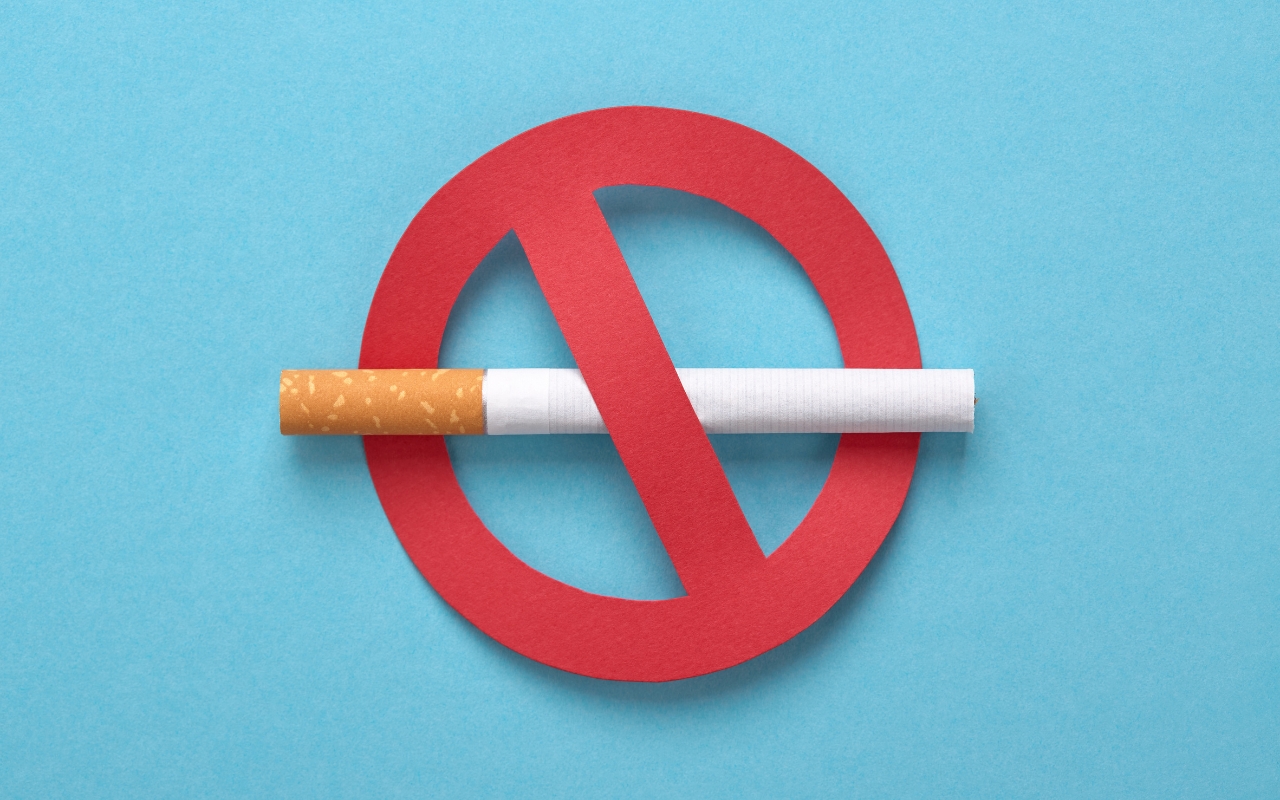Quitting smoking is one of the most significant steps to improve your health and extend your life. Becoming smoke-free can be challenging but achievable with the right strategies, support, and determination. This comprehensive guide will provide you with a thorough understanding of why quitting smoking is essential, various methods to help you stop, and tips to manage cravings and withdrawal symptoms.
The Importance of Quitting Smoking
Smoking is a leading cause of preventable diseases and death worldwide. It is linked to numerous health issues, including lung cancer, heart disease, stroke, and chronic obstructive pulmonary disease (COPD). When you quit smoking, your body begins to heal almost immediately. According to Medical News Today, health benefits start as early as 20 minutes after your last cigarette. Your heart rate and blood pressure begin to drop, and the levels of carbon monoxide in your blood decrease, enhancing oxygen delivery to your vital organs.
The health benefits of quitting smoking continue to accumulate over time. Within a year, the risk of coronary heart disease drops to half that of a smoker, and after a decade, the risk of lung cancer falls to about half that of someone who still smokes. Moreover, former smokers benefit from improved respiratory function, reduced risk of infections, and overall better quality of life.
Methods to Help You Quit Smoking
Quitting smoking can be incredibly personal, and what works for one person might not work for another. Here are several proven methods to help you quit smoking:
Nicotine Replacement Therapy (NRT)
Nicotine replacement therapy (NRT) provides a low level of nicotine without the harmful chemicals found in cigarettes. NRT can help manage withdrawal symptoms and reduce the urge to smoke. Options include nicotine patches, gum, lozenges, nasal sprays, and inhalers. The Mayo Clinic provides detailed information on each type of NRT, including the pros and cons.
Prescription Medications
Prescription medications such as varenicline (Chantix) and bupropion (Zyban) can help reduce cravings and withdrawal symptoms. These medications work by affecting nicotine receptors in the brain, easing the transition away from smoking. It is crucial to consult your healthcare provider to determine the best medication for you and to understand any potential side effects.
Behavioral Therapy
Behavioral therapy involves working with a trained therapist to identify triggers and develop coping strategies. This type of therapy can help address the psychological aspects of nicotine addiction. Techniques may include cognitive-behavioral therapy (CBT), which aims to change negative thought patterns and behaviors associated with smoking.
Support Groups and Counseling
Joining a support group or seeking individual counseling can provide the encouragement and motivation needed to quit smoking. Sharing experiences and receiving support from others on the same journey can be incredibly beneficial. Many local health departments and organizations offer free or low-cost support services.
Vaping as a Quit-Smoking Tool
While vaping is not without risks, it is considered substantially less harmful than smoking traditional cigarettes. According to the NHS, using a vape along with support from a local Stop Smoking Service significantly increases the chances of successfully quitting smoking. Buying vaping products from reputable retailers is essential to ensure they meet safety and quality standards.
Tips to Manage Cravings and Withdrawal Symptoms
Nicotine withdrawal and cravings can be intense, but with the right strategies, you can overcome them. Here are some tips to help you manage these challenges:
Identify Triggers and Create a Plan
Recognizing the situations and environments that trigger the urge to smoke is crucial. Common triggers include social situations, stress, and specific daily routines. Develop a plan to avoid or manage these triggers. For example, if you often smoke while driving, remove all smoking paraphernalia from your car and keep healthy snacks like sugar-free gum or mints available.
Stay Busy and Distract Yourself
Keeping your mind and body occupied can help reduce cravings. Engage in activities that you enjoy or have always wanted to try. Exercise, hobbies, and spending time with loved ones can all serve as distractions from the urge to smoke.
Practice Stress-Relief Techniques
Smoking is often used as a coping mechanism for stress. Learning alternative stress-relief techniques can be beneficial. Deep breathing exercises, meditation, yoga, and progressive muscle relaxation are all effective methods. Visualization and mindfulness practices can also help you stay calm and focused on quitting smoking.
Make Your Environment Smoke-Free
Creating a smoke-free environment is essential for reducing temptation. Remove all cigarettes, lighters, and ashtrays from your home, car, and workplace. If you live with someone who smokes, ask them not to smoke around you and to keep their smoking areas separate.
Use Positive Reinforcement
Celebrate your milestones and reward yourself for staying smoke-free. Positive reinforcement can boost your motivation and confidence. Consider treating yourself to something special, like a new book, a massage, or a nice meal at your favorite restaurant.
The Role of Support Networks
Having a solid support system is vital for anyone trying to quit smoking. Here are some ways to build and utilize your support network:
Family and Friends
Let your family and friends know that you are quitting smoking and ask for their support. They can provide encouragement, help you avoid triggers, and offer a listening ear when you need to talk about your struggles.
Healthcare Providers
Your healthcare provider can play a crucial role in your quitting journey. They can offer advice on quit-smoking aids, prescribe medications, and monitor your progress. Regular check-ins with your doctor can help keep you accountable and provide additional support.
Online Resources and Apps
Several online resources and mobile apps are designed to help people quit smoking. For example, the CDC offers a variety of tools and tips for quitting, as well as information on the health benefits of becoming smoke-free. Apps like QuitGuide can help you track your progress, manage cravings, and connect with a supportive community.
Overcoming Common Challenges
Quitting smoking is a journey with ups and downs. Here are some common challenges and tips for overcoming them:
Dealing with Withdrawal Symptoms
Nicotine withdrawal symptoms can be uncomfortable but are temporary. Symptoms may include irritability, anxiety, difficulty concentrating, and increased appetite. Staying hydrated, eating healthy snacks, and getting enough sleep can help alleviate these symptoms. Physical activity is also beneficial for reducing stress and managing cravings.
Managing Weight Gain
Some people experience weight gain when they quit smoking due to increased appetite and changes in metabolism. To manage your weight, focus on eating a balanced diet and incorporating regular exercise into your routine. Avoid using food as a replacement for smoking and choose healthy snacks like fruits, vegetables, and nuts.
Handling Relapses
It's not uncommon to experience a relapse during the quitting process. If you slip up and have a cigarette, don't be too hard on yourself. Use the experience as a learning opportunity and recommit to your quit plan. Identify what triggered the relapse and develop strategies to avoid similar situations.
Staying Motivated
Quitting smoking is a long-term commitment, and staying motivated can be challenging. Keep reminding yourself of the reasons you decided to quit and the benefits you will gain. Celebrate your progress and reflect on how far you've come. Staying positive and focusing on your goals can help you maintain your motivation.
Conclusion
Quitting smoking is one of the best decisions you can make for your health and well-being. While the journey may be difficult, the rewards are immense. By understanding the importance of quitting, exploring various methods, managing cravings and withdrawal symptoms, and building a strong support network, you can increase your chances of success. Remember, it's never too late to quit smoking, and each day you stay smoke-free brings you closer to a healthier, happier life. Consider visiting the NHS or the Cancer.gov websites for more information and resources.










